Over 10,000 cultural relics, including stone tools, bone artifacts, pottery fragments, bronze items, animal skeletons and plant remains, dating back to 53,000 years ago, have been unearthed at the Meilongdapu cave site on the Qinghai-Xizang Plateau, state broadcaster CCTV reported on Monday.
Situated in the Ali Prefecture, Southwest China's Xizang Autonomous Region, the site is the first prehistoric cave site discovered in the hinterlands of the plateau. With an altitude of 4,700 meters, it stands as the highest large-scale prehistoric cave site globally.
First discovered in 2018, the find spans the Old Stone Age to the early Metal Age during six years of excavations. It boasts three caves aligned in a row, with the first one covering an area exceeding 1,000 square meters, the second at around 60 square meters, and the third, yet to be excavated, measuring about 25 square meters.
Data indicates that remnants from the first cave date back as early as 53,000 years ago and possibly extend to around 80,000 years ago. A total of 599 stone artifacts and 1,017 well-preserved animal fossils were found in the first cave. Cut marks on many specimens have shed light on ancient human survival strategies.
This discovery of the first cave provides crucial early evidence for human habitation in the region during the Old Stone Age, the report said.
Aside from the diverse cultural artifacts, the walls of the first cave also revealed arranged red ochre rock paintings depicting vertical stripes, humanoid outlines, handprints and the sun.
The second cave has been dated back to no later than 45,000 years ago and has produced 8,136 stone artifacts and 952 animal fossils. In addition, a small amount of animal feces and plant remains were unearthed. Archaeologists describe the cave as the primitive accumulation left by ancient people's lives.
The archaeological team noted that the first and second caves preserve cultural deposits from multiple human occupations across different periods, suggesting intermittent habitation due to climate changes or cave collapses.
The third layer at the cave entrance of the first cave dates back to 4,000 to 3,000 years ago, with a top layer dating back 1,000 years. These layers have yielded 1,170 stone artifacts, 622 pottery fragments and 4,350 animal bone fragments.
In addition, more than 30 Old Stone Age sites and six cave sites were also found during a survey of the Gerze Basin where the site is located, with thousands of stone artifacts being collected and five cave rock paintings discovered.
Evidence of on-site stone tool production and pottery usage supports the notion of early humans using caves as permanent dwellings in extremely cold and high-altitude environment.
The abundance of artifacts opens new avenues for exploring human migration patterns and cultural exchanges. The comparative study of stone-making techniques, types and functions at different periods brings new insights into human habitation of the plateau, the evolution of stone tool technology, changes in survival strategies and technological exchanges during the Old Stone Age.
The diversity and complexity of the pottery have contributed to the understanding of the population composition and cultural interactions among different groups since the New Stone Age.
The discovery of crop seeds such as barley and peas is particularly significant for studying the origin and diffusion of agriculture in extreme plateau environments and understanding the exchange of agricultural products and population movements at different altitudes.
According to the report, the rare first-hand archaeological data holds immense academic value for investigating site characteristics, early human utilization of animal and plant resources, and the ancient environmental context.
Ongoing multidisciplinary research into animal and plant archaeology, paleoenvironmental studies, isotope analysis, ancient protein analysis and sedimentary DNA will provide further insight into the history of human survival in the high-altitude regions of the Qinghai-Xizang Plateau.










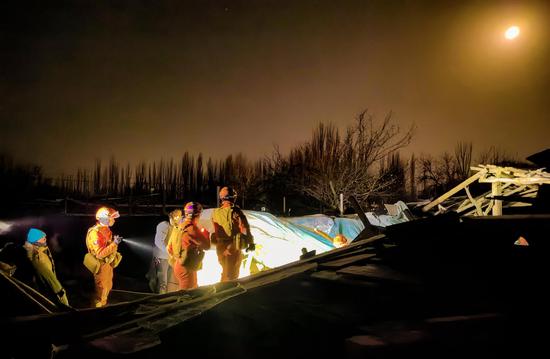


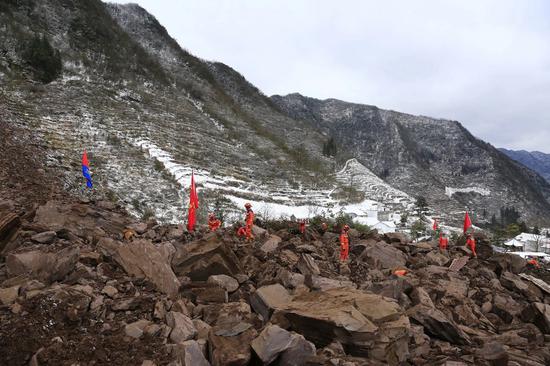



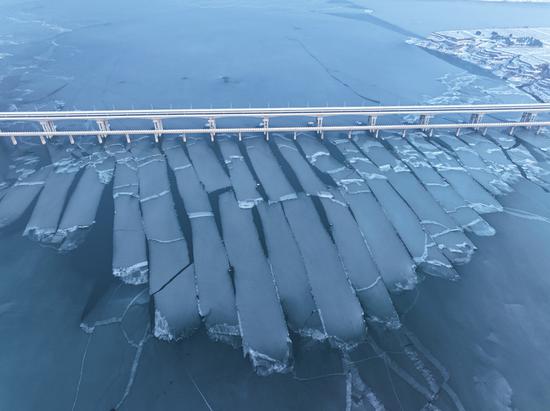






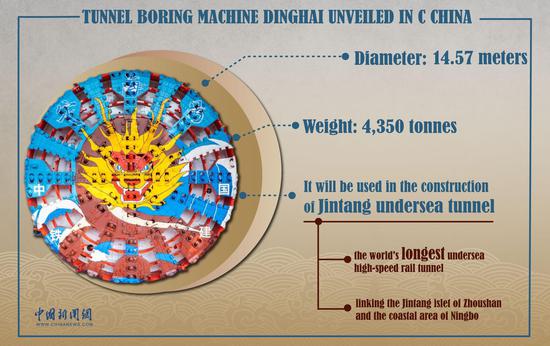










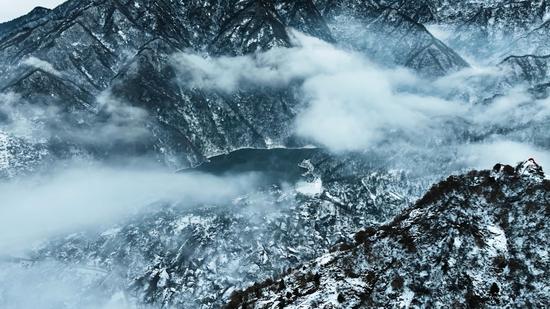
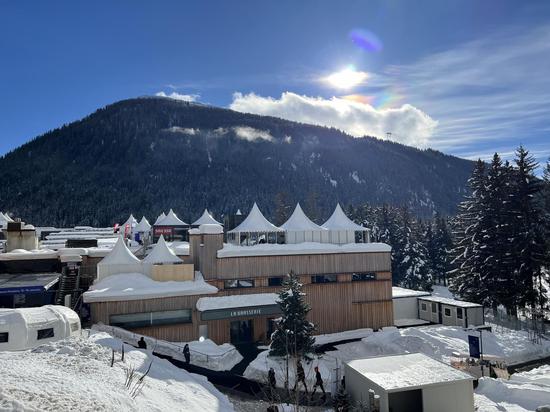





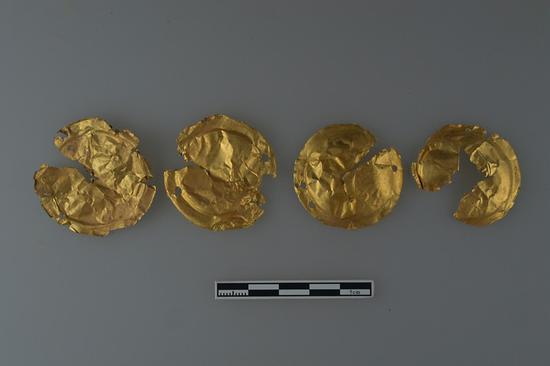



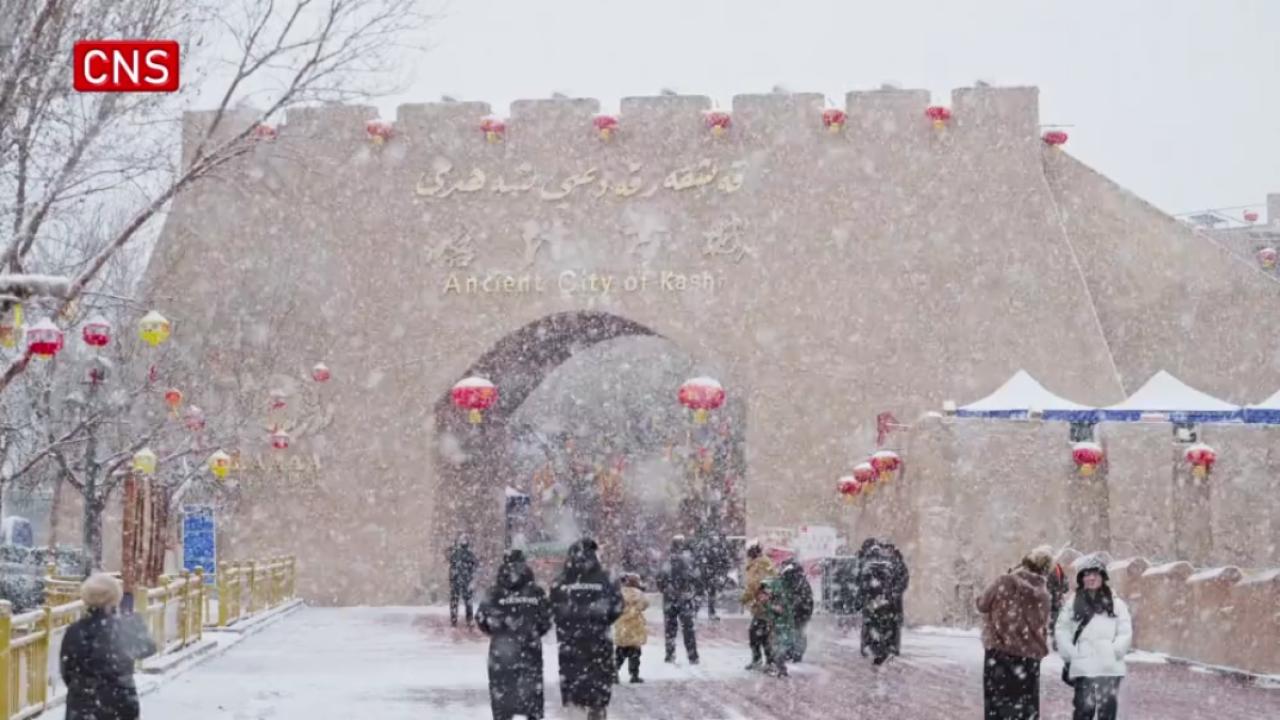



 京公网安备 11010202009201号
京公网安备 11010202009201号